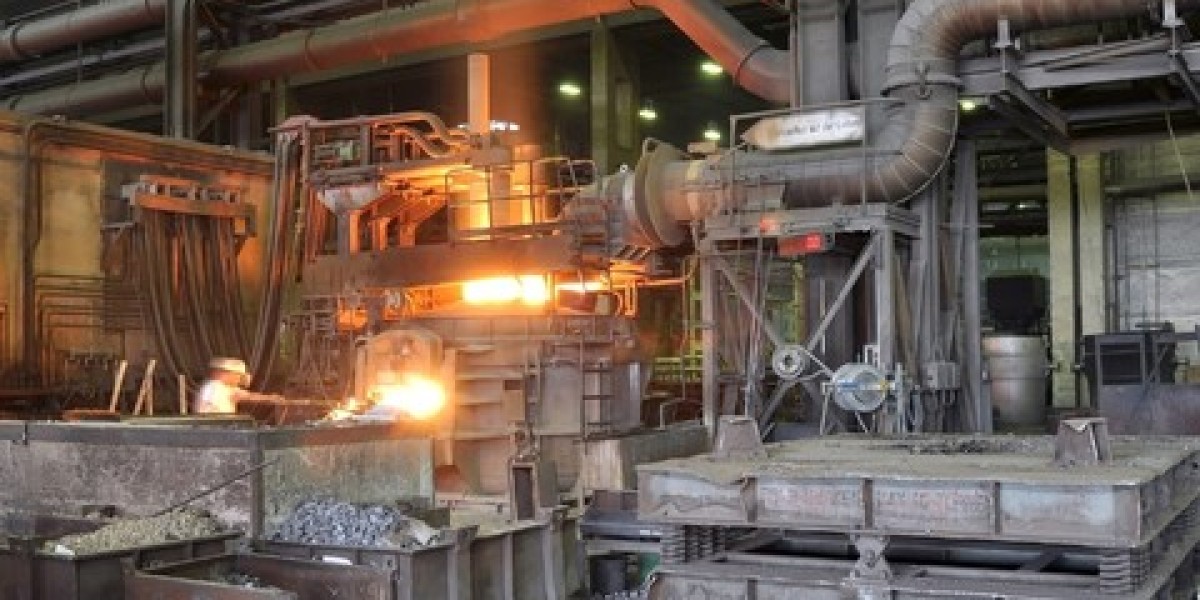Gray iron casting is a time-honored technique that has been used for centuries to create durable and reliable metal components. From industrial machinery to ornate architectural details, gray iron casting offers versatility and strength. In this guide, we'll delve into the intricacies of gray iron casting, covering everything from materials and equipment to techniques and finishing touches.
Understanding Gray Iron Casting
Gray iron, also known as cast iron, is characterized by its graphite flakes dispersed throughout the material, giving it a distinct gray color. This graphite structure provides excellent thermal conductivity, damping capacity, and machinability, making gray iron casting ideal for a wide range of applications.
Materials and Equipment
Iron Alloy: Gray iron typically consists of iron, carbon, silicon, and other alloying elements. The composition can vary depending on the desired properties of the final product.
Mold Material: The mold can be made from various materials such as sand, clay, or graphite. Each material has its advantages and is chosen based on factors like complexity of the part and desired surface finish.
Foundry Equipment: Crucibles, furnaces, ladles, and molding tools are essential for melting the iron alloy and shaping it into the desired form.
The Casting Process
Pattern Making: Create a pattern of the desired part using wood, plastic, or metal. This pattern will be used to form the mold cavity.
Mold Preparation: Pack the pattern in molding sand or another suitable material to create the mold cavity. Multiple pieces may be used to create more complex shapes.
Melting and Pouring: Heat the iron alloy in a furnace until it reaches its molten state. Once molten, carefully pour the metal into the mold cavity.
Cooling and Solidification: Allow the metal to cool and solidify within the mold. The cooling rate and process control are critical to achieving the desired microstructure and properties.
Mold Breakout: Once the metal has solidified, break open the mold to reveal the casting. Remove any excess material and prepare the casting for finishing.
Finishing Touches
Cleaning: Remove any residual mold material or surface impurities from the casting using techniques such as shot blasting or grinding.
Machining: If necessary, machine the casting to achieve tight tolerances and desired surface finishes.
Surface Treatment: Apply coatings, paints, or other surface treatments to enhance aesthetics and corrosion resistance.
Conclusion
Mastering gray iron casting requires a combination of skill, knowledge, and attention to detail. By understanding the materials, equipment, and techniques involved, you can create high-quality castings that meet the needs of virtually any application. Whether you're a seasoned foundry professional or a beginner looking to explore the world of metalworking, gray iron casting offers endless possibilities for creativity and innovation.







